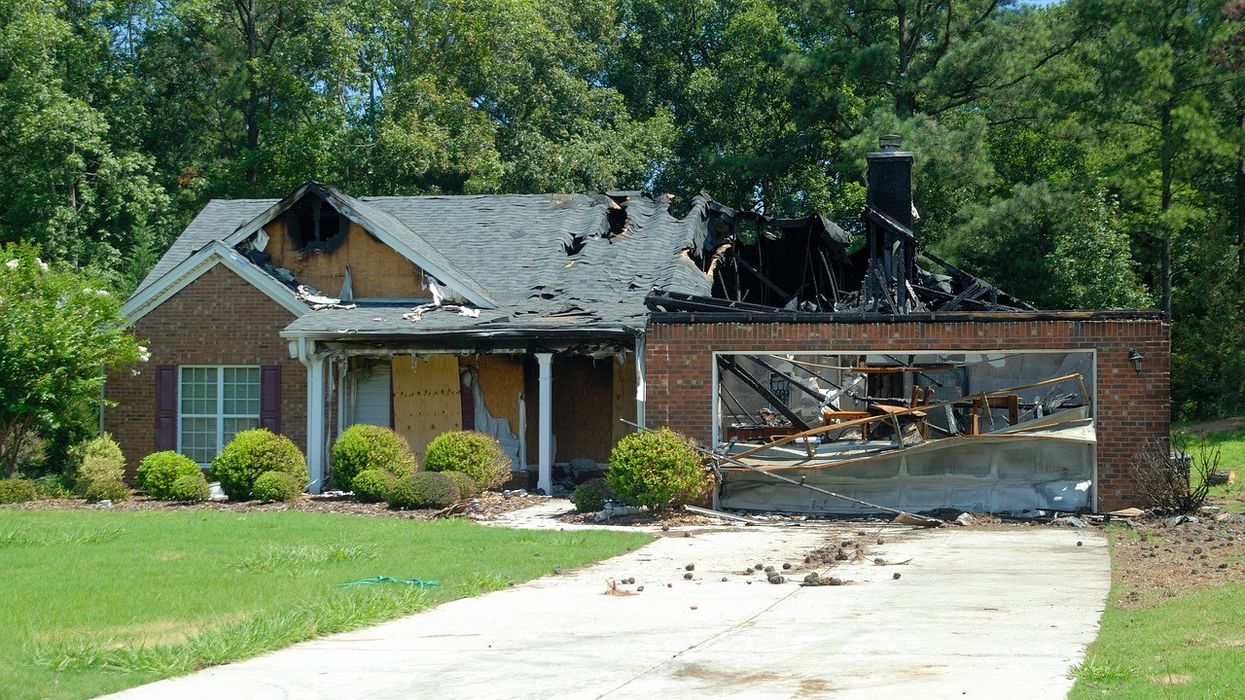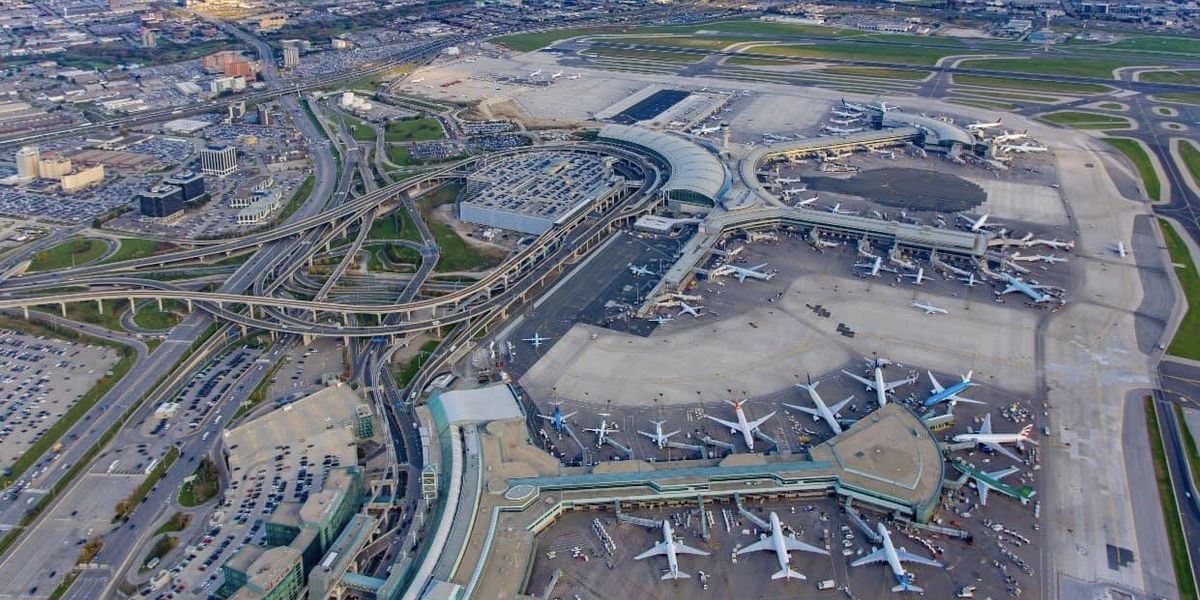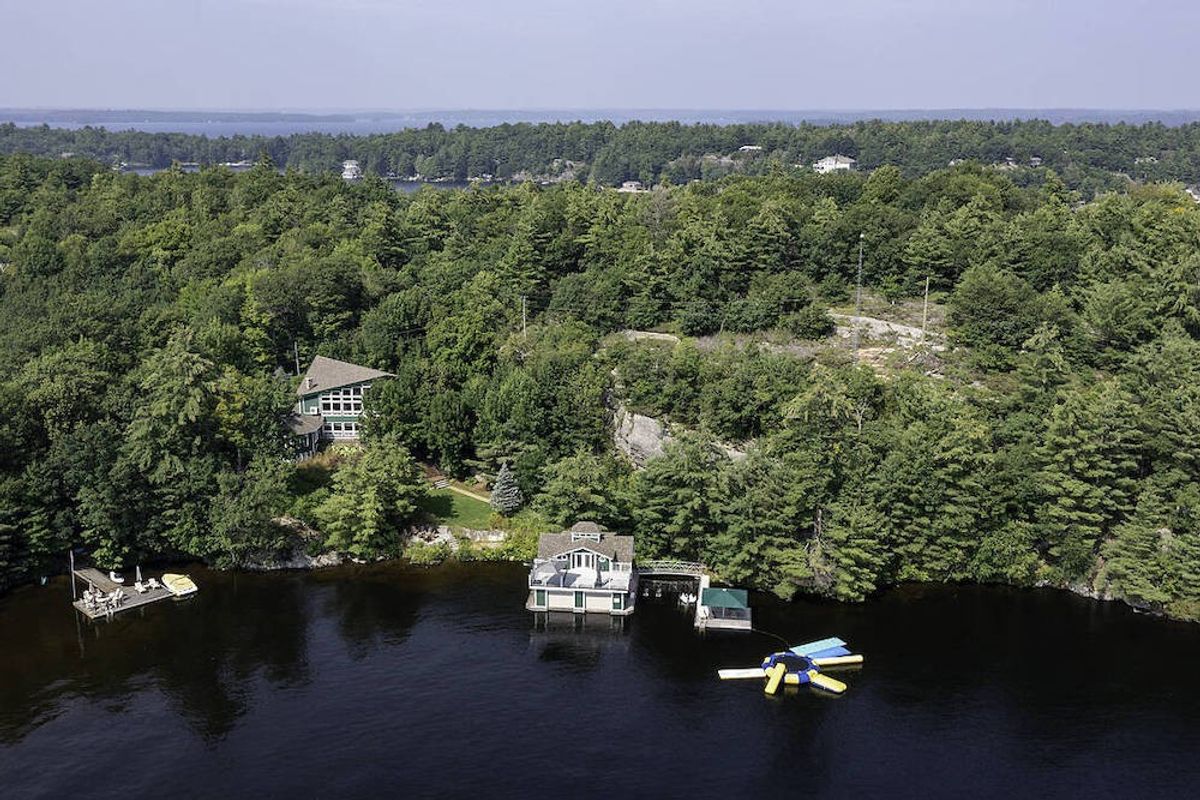Whether you're in the market to buy a new home or you already own one, you'll need homeowners insurance. In fact, most lenders won't even give you a mortgage if you don't have it.
While paying insurance premiums while everything is okay might seem like a waste, it's well worth it if you ever have to file a claim.
READ: Are You Covered? What You Need To Know About Renters’ Insurance
That said, your policy might not cover everything. As a homeowner, you should carefully review what your policy covers so you're not met with any surprises when it comes time to file a claim.
So, what exactly does your homeowner's insurance policy cover?
The Home Itself
Homeowners insurance typically covers the actual structure of your home. That includes the roof, foundation, exterior and interior walls, windows, doors, and floors. Typical policies offer "replacement cost" coverage whereby you would receive an amount equal to the cost to rebuild the exact replica of your home if it was destroyed by:
- Fire and smoke
- Natural disasters, such as hurricanes, ice storms, wind storms, and so forth
- Water damage from internal plumbing issues
- Motor vehicles and aircraft
It's important to understand your policy and verify exactly what is covered. Not all types of damage are necessarily covered under basic policies and need to be added as additional policy riders.
For example, even though water damage may be covered, this does not include flooding.
READ: What You Need To Know About Protecting Your Home From A Flood
Examples of other sources of damage that are not covered include earthquakes, sinkholes, landslides, and damage done as a result of war.
Many homeowners have been sorely disappointed when they try to file a claim for damage done by flooding, for example, as most policies don't provide such coverage without additional riders added to the policy.
Be sure to read the fine print on your policy and ask your insurance provider the right questions.
Other Structures on the Property
Any other structures on the property that are detached from the home — such as a shed, pool house, treehouse, or detached garage — may also be covered, but usually up to a certain limit.
Contents of the Home
Any personal belongings in the home that may have been destroyed may also be covered. This can include things such as furniture, electronics, jewelry, art, and other valuables.
That said, any contents that are of extremely high value should probably have additional coverage taken out.
READ: The Potential Hazards Of An Old Furnace — What To Look Out For And What You Can Do
Living Expenses
If your home is destroyed to the point that it is no longer inhabitable, you might require temporary residence. The cost of these living expenses may be covered up to a certain amount depending on your policy.
Personal Liability
Sometimes it's not actually tangible items that are destroyed that you need coverage for. In many cases, homeowners insurance may offer protection against any personal liability, such as if someone hurts themselves on your property and threatens to sue.
Is There Anything That Homeowners Insurance Doesn't Cover?
It's important to understand that your insurance provider won't extend coverage if any damage is a result of homeowner neglect.
For instance, if you haven't cared for, repaired, or replaced any component of your home as required and it's destroyed by a storm, your insurance provider likely won't extend coverage since it should have been able to withstand the weather.
Final Thoughts
While it may be another bill to add to the pile, homeowners insurance can be a lifesaver if you're ever in the position to have to extensively repair or even replace your home and everything in it. Ensure that you're fully aware of exactly what's included in your policy, and add additional riders as necessary to ensure complete coverage as required.





















